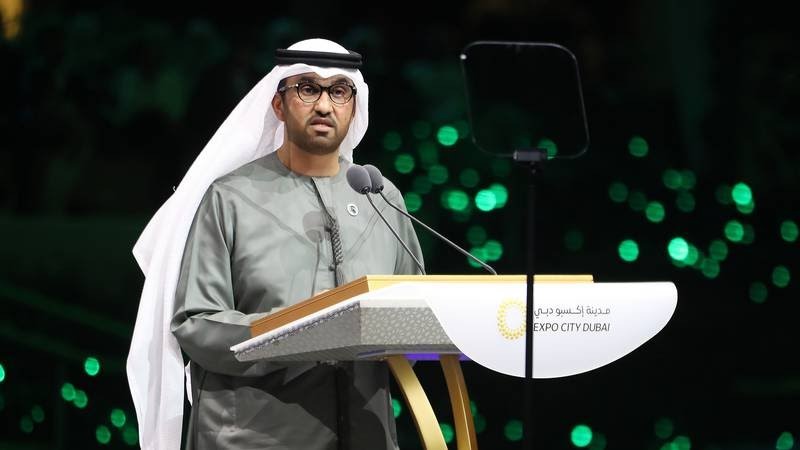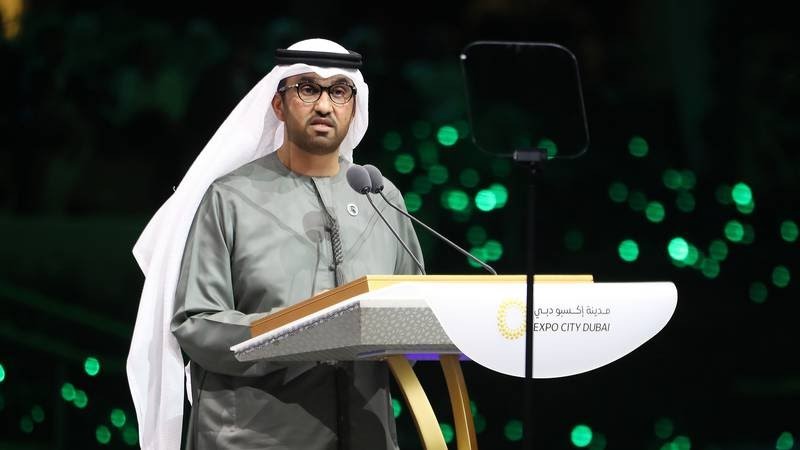UAE’s Ambitious Plans to Lead Low-Carbon Hydrogen Production by 2031
The United Arab Emirates (UAE) is positioning itself as a global leader in sustainable economic and social development through the updated UAE Energy Strategy 2050 and the development of the National Hydrogen Strategy. These initiatives, recently approved by the UAE Cabinet, reflect the country’s commitment to climate action, emission reduction, and mitigating the impacts of climate change.Dr Sultan Al Jaber, Minister of Industry and Advanced Technology and Cop28 President-designate, emphasized the UAE’s progress in renewable energy capacity over the past decade, surpassing any other nation. By 2030, the UAE aims to triple its renewable energy capacity to 14.2 gigawatts. Building on this expertise, the UAE intends to play a crucial role in accelerating global decarbonization by exporting hydrogen and becoming a leading producer of low-carbon hydrogen by 2031.The UAE is actively pursuing various clean energy projects, including the Barakah nuclear plant and large-scale solar projects such as the world’s largest solar plant in the Al Dhafra region of Abu Dhabi and the Mohammed bin Rashid Al Maktoum Solar Park in Dubai, with a total capacity of five gigawatts. These initiatives contribute to the UAE’s long-term vision of sustainable energy development.Under the updated objectives of the UAE Energy Strategy 2050, the country plans to invest between Dh150 billion and Dh200 billion by 2030 to meet energy demand while sustaining economic growth. The strategy aims to improve energy consumption efficiency rates at the individual and institutional levels, reducing carbon emissions and enhancing environmental sustainability. It is projected to generate Dh100 billion in financial savings and create 50,000 new green jobs by 2030.The National Hydrogen Strategy is a vital component of the UAE’s commitment to becoming a leading and reliable producer and supplier of low-carbon hydrogen by 2031. This long-term plan aligns with the UAE’s net-zero emissions commitment by 2050 and seeks to accelerate the global hydrogen economy. The UAE aims to produce 1.4 million metric tonnes of hydrogen annually by 2031, increasing to 15 million metric tonnes annually by 2050.To support the hydrogen strategy, the UAE plans to establish two hydrogen oases by 2031, each producing clean electricity, and expand this to five oases by 2050. Additionally, a hydrogen center for research and development will be established in 2031, with a vision to become a globally recognized innovation center for hydrogen by 2050.The UAE has set ambitious targets for clean energy adoption, aiming to increase the contribution of clean energy sources, including renewables and nuclear power, to 32% of the energy mix by 2030, 38% by 2035, and 100% by 2050.The UAE’s Net Zero 2050 Strategic Initiative, unveiled in 2021, further demonstrates its commitment to investing Dh600 billion in clean and renewable energy sources over the next three decades. As the first Gulf country to commit to net-zero emissions by 2050, the UAE is proactively positioning itself as a leader in the global transition to a sustainable and low-carbon future.In summary, the UAE’s updated Energy Strategy 2050 and the National Hydrogen Strategy showcase the country’s determination to achieve sustainable economic and social development. By aspiring to become a leading producer of low-carbon hydrogen by 2031, the UAE aims to play a pivotal role in decarbonizing the global economy. These initiatives, coupled with the country’s commitment to clean energy and net-zero emissions, underscore its position as a pioneer in driving sustainable change on both regional and global scales.






Uvvzsj
ivermectin and covid – buy generic tegretol where to buy carbamazepine without a prescription
January 3, 2025Dldocl
order amoxil – combivent pills buy combivent 100mcg pills
January 21, 2025Zsqjvf
buy isotretinoin 20mg generic – buy decadron pills for sale zyvox 600mg pill
January 23, 2025Fitggg
generic omnacortil 20mg – omnacortil cheap buy prometrium paypal
February 4, 2025Moxiil
lasix buy online – oral piracetam 800mg order generic betnovate 20gm
February 11, 2025Bjaoog
gabapentin over the counter – anafranil order online cost sporanox
February 11, 2025Dwbwzf
clavulanate pills – buy duloxetine 20mg pills buy cymbalta 40mg pills
February 16, 2025Ruxcch
buy acticlate generic – glipizide brand order glucotrol 5mg
February 18, 2025Jpmidr
purchase augmentin pills – cost duloxetine where to buy cymbalta without a prescription
February 25, 2025Xcxame
oral rybelsus 14mg – buy generic semaglutide purchase periactin online cheap
February 27, 2025Gphpdh
buy cialis 5mg online – order tadalafil 40mg sale sildenafil 50mg us
March 8, 2025